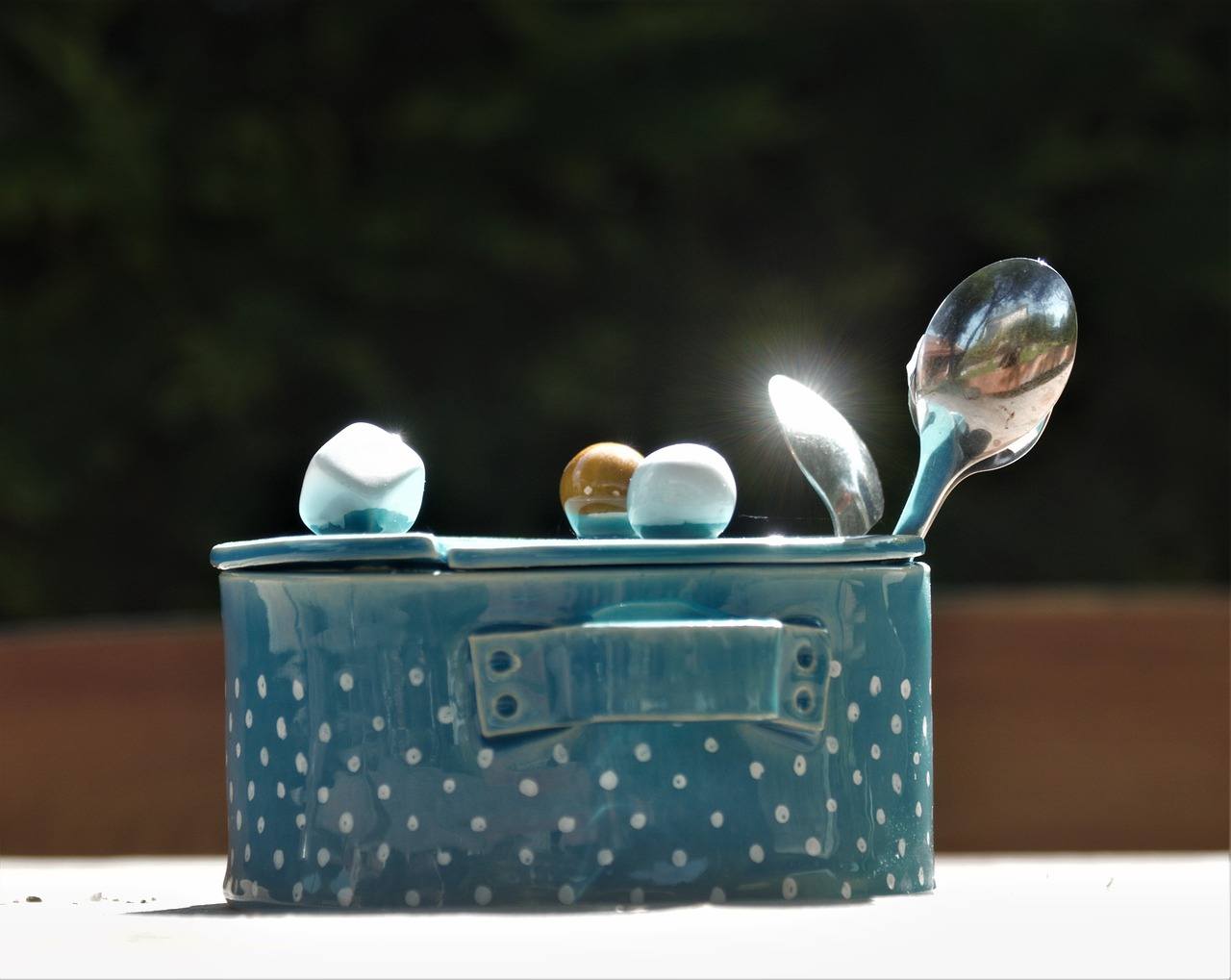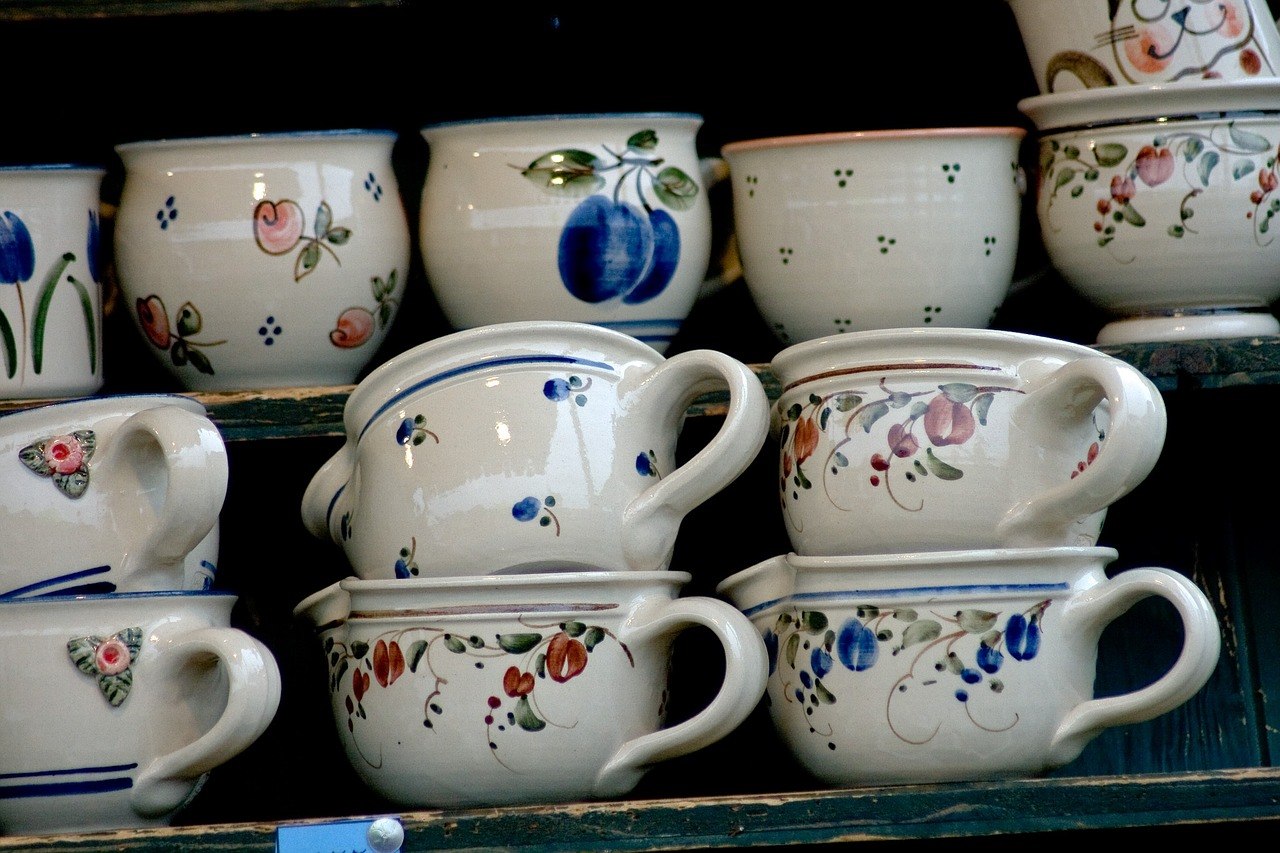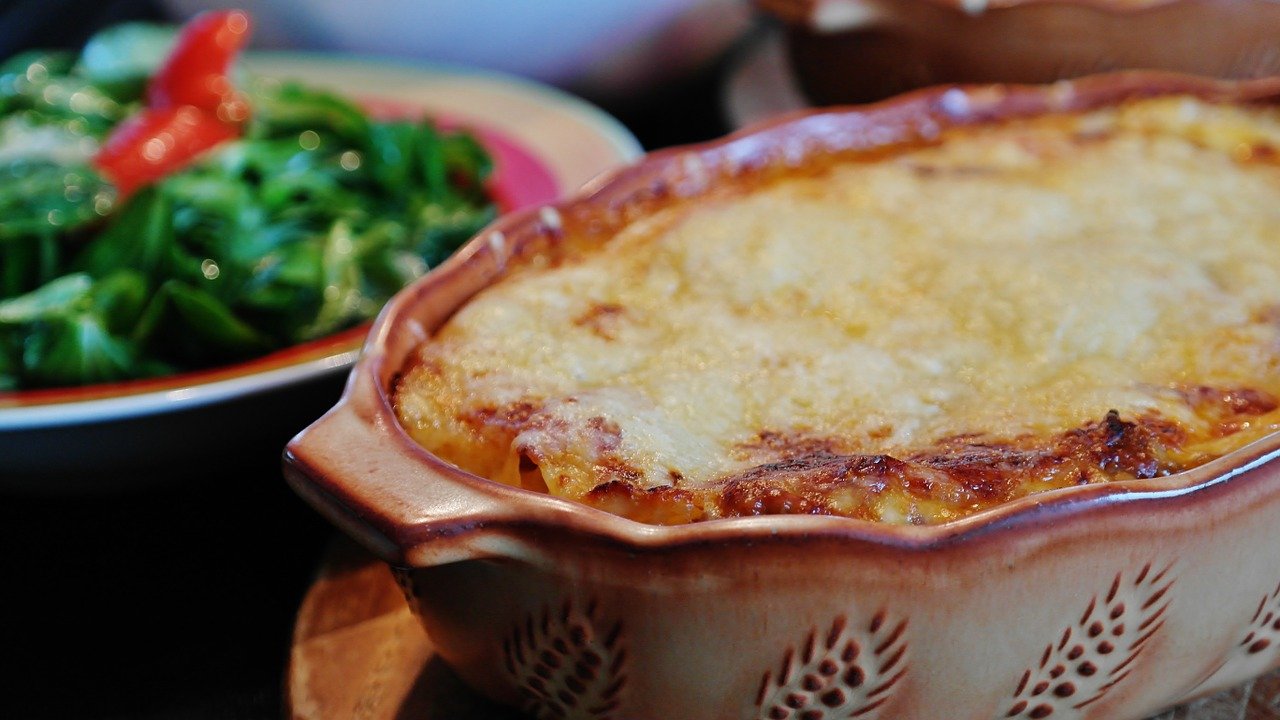Is ceramic cookware the future of cooking? There are several benefits when it comes to using ceramic cookware. For example, ceramic cookware is durable, nonstick without harmful chemicals, can resist scratches, and withstand extreme temperatures. This article will break down why you should choose ceramic cookware and how to take care of ceramic cookware.
Talking about the advantages of using ceramic cookware can take a whole day. Let’s dive into our main topic now!
Why Is Proper Cleaning So Important To Ceramic Cookware?
Hygiene is the most important reason to clean ceramic cookware. The pans will be more sanitary if we remove food particles. Your pans will look like new with a regular and thorough cleaning. While it is nice to have a clean pan for cooking, it can also be aesthetically pleasing. Regular cleaning will prevent unattractive food accumulation and stains from making your ceramic cookware look old.

Ceramic pans also perform better when properly cleaned. Over time, food particles and another residue can build up and cause ceramic pans to stick. You should not let it happen if you don’t want your food to stick and make cleaning difficult.
How To Prepare New Ceramic Cookware For Use
You may need to prepare a shiny new ceramic pan before you start cooking. To prevent them from melting onto the surface, remove any labels or packaging.

Make sure you read all the manuals and inserts that came with your pans before throwing them out. You will find many tips and information in the manual about the specific pans that you have purchased. Although all-ceramic pans require the same cleaning and maintenance, the manual will give you an overview of how to care for your pans.
To remove any debris or dirt left from shipping and manufacturing, wash the pan in warm soapy water. Now you can get started by drying it.
Proper Utensils
You will need utensils for cooking, whether cooking a stir-fry, saute, simmer, or sear. Ceramic cookware is durable and resistant to scratching, so most knives can be used and won’t cause any damage. We can extend the cookware’s life expectancy by choosing the proper utensils that won’t scratch your pan.
Plastic, silicone, nylon, and wood are the best cooking utensils for ceramic pans. These utensils work well on ceramic non-scratch surfaces.

We should not use ceramic cookware with metal cooking utensils. These utensils can have sharp edges or rough edges, which can cause damage to the coating. This fact is especially actual for ceramic cookware of lower quality that may not be as durable as high-end brands.
Do not use a knife to cut the food in the pan. To avoid damage to the ceramic surface, transfer food to a platter.
Cooking Safely
How does your cooking style impact the care of your pans? It can have a significant impact on how you take care of your pans. It is essential to properly use ceramic pans if you want them to look great and last as long as possible.
Ceramic cookware can withstand heat. Ceramic cookware can withstand temperatures up to 2,500 F, while metal cookware can melt at 2200 F. This allows you to be more creative with your ceramic cookware and also reduces the chance of fire and damage.
Because of their high heat tolerance, we can use many ceramic pans on gas or electric stovetops. To find out the limitations of your pans’ use, please refer to their manual. Some pans are not suitable for confident cooking uses because of their handles or other parts.
Ceramic cookware can withstand high temperatures and is highly durable. However, it is best to be cautious about prolonging its lifespan and preventing any unnecessary roughness.
Maybe this will be a good read: 7 Kitchen Wall Art Decor Ideas For Home Lovers
Protecting Your Ceramic Cookware
Only use empty or dried ceramic pans over low heat. If you heat an empty ceramic pan before adding your ingredients to it, then turn the heat down unless you have any liquids or food in the pan. Ceramic pans filled with drinks or water will be fine for use at higher heat. This low-heat guideline will help you:
- Your pan’s longevity will increase
- Protect your stovetop from damage
- The ceramic pan has a lower risk of food melted onto its surfaces.
- It makes cleanup much more effortless.
Ceramic is naturally nonstick, making it an excellent cooking surface. Use only a tiny amount of oil or butter in your ceramic pan if you enjoy the taste of butter and oil. A large amount of butter or oil is unnecessary and can cause buildup on the pan’s surface. Butter tends to burn at high temperatures, so make sure to place your pan on low heat if you use it in ceramic cookware.
We should not use extra virgin olive oil as it can cause a thin layer of carbonization on ceramic pans due to its inability to withstand high temperatures. We should avoid Extra-virgin olive oils as they can cause a dulling layer on the pan that could affect its natural nonstick properties.
A Daily Routine On How To Clean Ceramic Cookware
After you have cooked with ceramic pots or pans, it is easy to clean them. This routine can be done in five minutes using a soft sponge and dishwashing liquid.
- Let it cool down: Before you clean your pots and pans, let them cool down. Your nonstick ceramic coating will last longer if you avoid extreme temperature changes.
- Wash it with soapy water: After the ceramic surface has cooled, you can wash the pan with soapy water. Use a small amount of mild dish detergent to clean the ceramic surface. Then, use warm water to wet the pan lightly. Scrub the pan with a non-abrasive sponge in circular motions.
- Rinse the pan & let it dry: Finally, dry your ceramic pans on an oven rack. It is essential to let the ceramic pans air dry 100% before you store them. These are the instructions. You can also dry ceramic pans with a paper towel or soft cloth. It takes only a few minutes.
How To Deal with Stains On Ceramic Cookware
You may find that certain foods can leave stains on ceramic cookware, even with careful cleaning. Or maybe you didn’t manage to get all the scorched food out of your pans. Although these stains don’t usually affect the pan’s performance, they can make your pan look less attractive than it did when we first purchased it.
You might want to give some products that you already own a chance before you buy ceramic pans. We can use baking soda to clean ceramic cookware. Baking soda will not harm the ceramic pan’s surface, but it will gently lift any stains that have been leftover from your cooking sessions. Vinegar mixed with water can have a similar, safe cleaning effect to help remove stains from ceramic cookware.
Use a circular motion to rub a bit of baking soda on the stain. We can easily apply the paste to the surfaces by wetting the pan. For extra help with stain removal, you can use baking soda in combination with a brush.
You can scrub ceramic cookware that is durable and scratch-resistant with steel wool. Try different powdered cleaners if the baking soda is not working. For easy cleaning of ceramic cookware, keep the cleanser that works best for you handy.
Final Words
I hope this article on how to take care of ceramic cookware has brought you some helpful information. Now, I guess we all know how to take care of our ceramic cookware better, and if you haven’t used ceramic cookware before, you may now be more confident using it.
Thank you for visiting Greenhouse Center! If you wish never to miss any of our new posts, find the subscription bell at the bottom corner of your desktop and subscribe. Let us know in the comment section below if you want to discuss anything! I can’t wait to see you around soon!



















